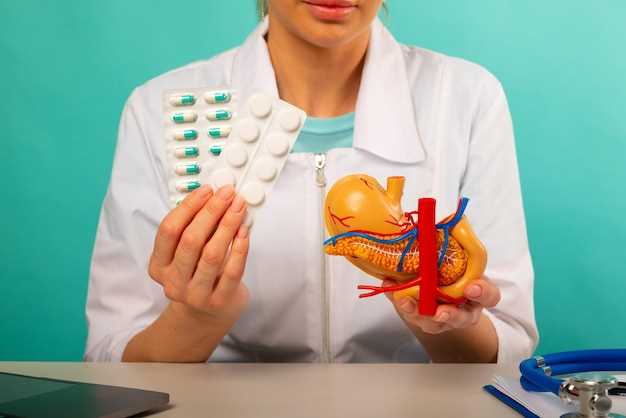
Did you know? Contrast induced nephropathy is a serious condition that can affect your kidneys after certain medical procedures.
Stay ahead of the curve with Metformin! This medication has been shown to help protect your kidneys during contrast imaging studies.
Don’t take risks with your kidney health – ask your healthcare provider about Metformin today!
Overview of Contrast Induced Nephropathy
Contrast-induced nephropathy (CIN) is a common cause of acute kidney injury (AKI) that occurs after the administration of contrast media for diagnostic or interventional procedures. It is characterized by a sudden decline in kidney function, typically within 48-72 hours after contrast exposure.
Risk factors for CIN include pre-existing renal impairment, diabetes, hypertension, advanced age, and the use of nephrotoxic medications. Prevention strategies focus on hydration, minimizing contrast volume, and avoiding concomitant nephrotoxic agents.
| Risk Factors | Prevention Strategies |
| Pre-existing renal impairment | Hydration therapy |
| Diabetes | Minimizing contrast volume |
| Hypertension | Avoiding nephrotoxic agents |
| Advanced age |
By identifying individuals at high risk for CIN and implementing appropriate prevention measures, healthcare providers can reduce the incidence of this potentially serious complication.
Risk factors and prevention strategies
Contrast induced nephropathy (CIN) is a significant concern in patients undergoing imaging procedures that require the use of contrast media. Metformin, a commonly prescribed oral antidiabetic medication, has been implicated in the development of CIN in some patients.
Several risk factors increase the likelihood of developing CIN, including pre-existing kidney disease, diabetes, dehydration, and the use of nephrotoxic medications. To prevent CIN in patients taking metformin, it is essential to assess the patient’s renal function before administering contrast media.
It is recommended to discontinue metformin at the time of contrast media administration and withhold it for at least 48 hours after the procedure, particularly in patients with risk factors for CIN. This allows for the clearance of metformin from the body and reduces the risk of kidney damage.
| Risk factors for CIN | Prevention strategies |
|---|---|
| Pre-existing kidney disease | Assess renal function before contrast administration |
| Diabetes | Consider alternative imaging techniques or contrast media |
| Dehydration | Ensure adequate hydration before and after the procedure |
| Nephrotoxic medications | Avoid concomitant use with contrast media if possible |
By identifying and managing these risk factors, healthcare providers can reduce the incidence of CIN in patients taking metformin and undergoing contrast-enhanced imaging studies.
Metformin and its role in CIN
Metformin, a commonly prescribed medication for the management of type 2 diabetes, has been a topic of interest in the context of Contrast-Induced Nephropathy (CIN). CIN is a form of acute kidney injury that can occur following the administration of contrast media for imaging procedures.
Studies have investigated the potential interaction between metformin and contrast media in patients at risk for CIN. The concern stems from metformin’s potential to cause lactic acidosis, especially in individuals with impaired kidney function, which can be exacerbated by the use of contrast agents.
Research Findings

Some studies suggest that metformin may increase the risk of developing lactic acidosis when combined with contrast media in patients with compromised renal function. As a result, there have been recommendations to temporarily discontinue metformin before and after the administration of contrast agents in high-risk individuals.
However, the exact mechanisms underlying the potential interaction between metformin and contrast media in the context of CIN remain a subject of ongoing research. Healthcare providers are advised to assess the individual risk factors of each patient when considering the use of metformin in the setting of contrast-enhanced imaging procedures.
Studies on the interaction between metformin and contrast media
Several studies have investigated the interaction between metformin and contrast media to determine the potential risk of developing contrast-induced nephropathy (CIN) in patients who are taking metformin.
Study 1: Effect of contrast media on metformin
In a study conducted by researchers, it was found that contrast media can potentially increase the risk of lactic acidosis in patients taking metformin. The study recommended careful monitoring and possible adjustment of metformin dosage in patients undergoing contrast-enhanced procedures.
Study 2: Impact of metformin continuation during contrast procedures
Another study focused on the impact of continuing metformin therapy during contrast procedures. The results suggested that there was no significant increase in the risk of adverse events when metformin was continued, but close monitoring of renal function was crucial to prevent complications.
These studies underscore the importance of understanding the interaction between metformin and contrast media in the context of CIN prevention and management.
Recommendations for metformin use in patients at risk for CIN
Patients at risk for Contrast-Induced Nephropathy (CIN) who are also on metformin therapy require special attention to minimize the potential risks associated with this combination. Here are some recommendations for the safe use of metformin in patients at risk for CIN:
- Assess the patient’s risk factors for CIN before prescribing metformin, including pre-existing renal impairment, diabetes status, and the likelihood of requiring contrast-enhanced procedures.
- Consider alternative medications or treatment strategies in patients at high risk for CIN or those with known contraindications to metformin.
- If metformin is deemed necessary, ensure close monitoring of renal function before and after contrast exposure to detect any signs of acute kidney injury promptly.
- Discontinue metformin temporarily in patients undergoing procedures with contrast media if there is concern about kidney function and the risk of CIN.
- Educate patients about the signs and symptoms of CIN and instruct them to seek medical help if they experience any concerning symptoms after contrast exposure.
Conclusion
By following these recommendations and closely monitoring patients on metformin therapy who are at risk for CIN, healthcare providers can minimize the potential risks associated with this medication and improve patient outcomes.
